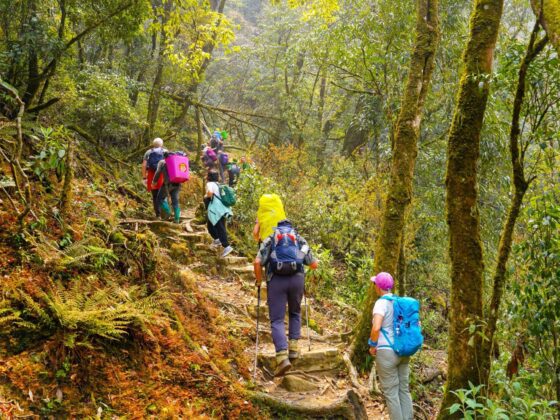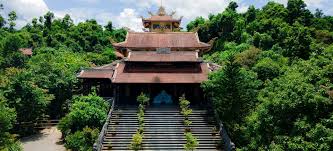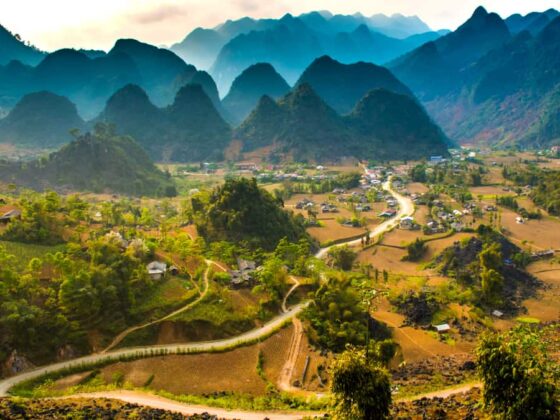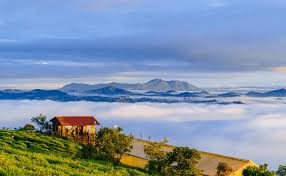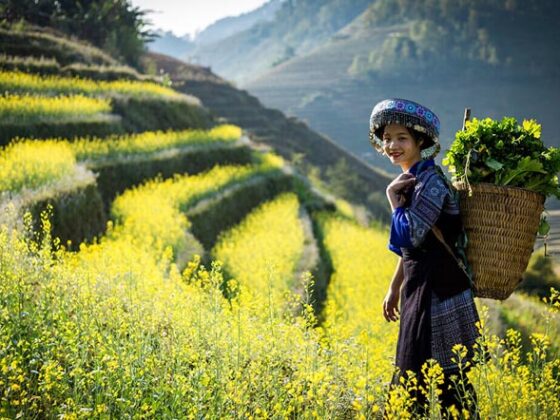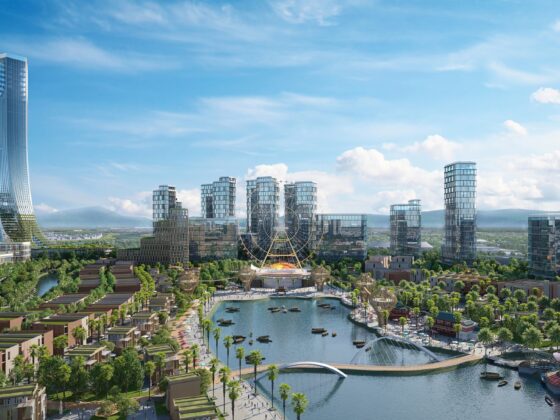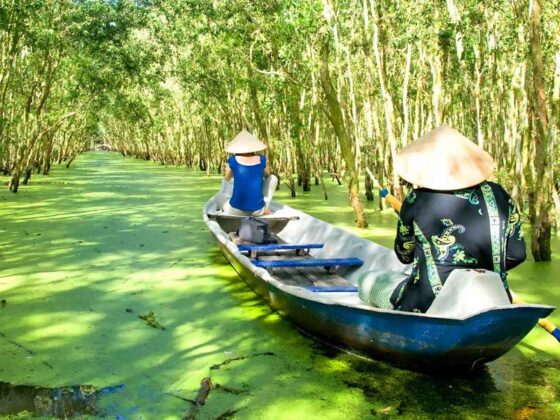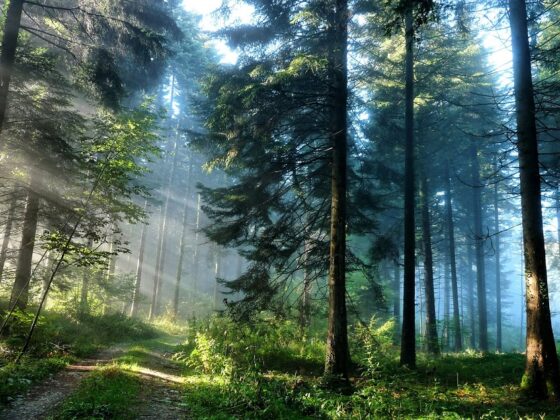Table of Contents Show
✍️ AI is summarizing:
As I journeyed through the breathtaking landscapes of Central Vietnam, I couldn’t help but feel a sense of awakening. The undulating hills, lush green valleys, and vibrant local cultures are the foundation of a burgeoning movement of ecotourism in Central Vietnam that is poised to transform this region into the next eco hotspot. With its rich biodiversity and commitment to sustainable development, Central Vietnam is a place where nature and community thrive together.
Read more interesting posts:
- What Your Hiking Style Says About You: 4 Types & The Best Vietnam Trails
- A Guide to Yen Tu Mountain: Vietnam’s Sacred Buddhist Pilgrimage
- A Guide to the Hoi An Lantern Festival: Dates, Tips & What to Expect
How culture and nature are shaping ecotourism in Central Vietnam

Central Vietnam is a tapestry woven with the threads of diverse cultures and stunning natural beauty. From the misty peaks of the Annamite Range to the serene waters of the Tam Giang Lagoon, this region is bursting with life. As I hiked through the lush forests, I met local farmers and artisans who shared their stories, emphasizing their deep connection to the land.
One memorable encounter was with a young farmer named Minh, who has dedicated his life to sustainable agriculture. He explained how traditional practices have been passed down through generations, ensuring the land remains fertile. Minh’s passion was infectious as he spoke about how ecotourism in Central Vietnam could help his community thrive while protecting their heritage.
Why ecotourism in Central Vietnam is booming
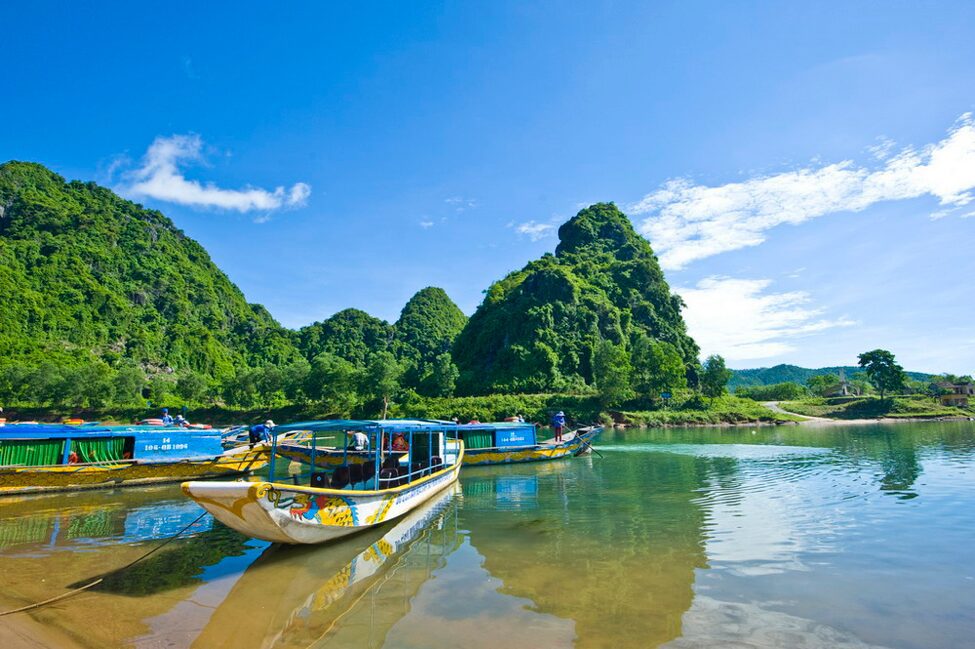
The growing interest in ecotourism in Central Vietnam is transforming the region into a destination where travellers can immerse themselves in nature while supporting local communities. This shift is not just a trend; it’s a movement that aligns with the values of a new generation of travellers who seek authentic connections with the places they visit.
Local businesses are adapting to this demand by offering eco-friendly accommodations, guided nature tours, and organic food experiences. For instance, eco-lodges nestled in the hills provide sustainable lodging options that blend seamlessly with the environment, allowing guests to enjoy the beauty of nature without leaving a footprint.
The local voices driving the growth of ecotourism in Central Vietnam
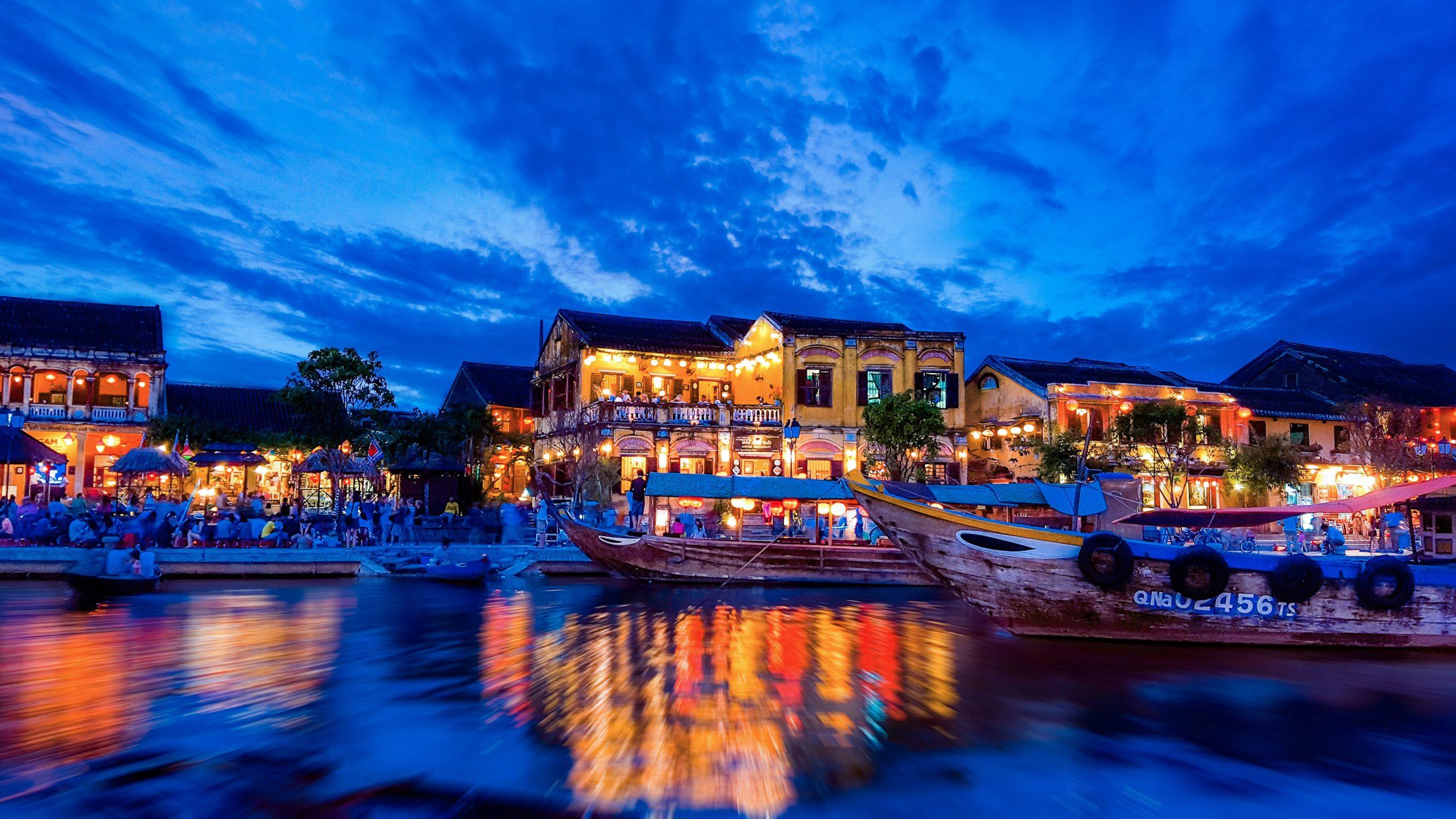
The region’s transformation is driven by the voices of its people. Local entrepreneurs, environmentalists, and community leaders are collaborating to create a sustainable future. I had the pleasure of meeting Lan, a passionate advocate for ecotourism in Central Vietnam, who is working to promote responsible travel in her village. She shared her vision of a community where visitors can learn about traditional crafts and experience the rich cultural heritage firsthand.
Lan’s enthusiasm was contagious as she outlined initiatives to educate both locals and tourists about environmental conservation. Workshops on sustainable farming practices and traditional crafts not only empower the community but also foster a deeper understanding of the interconnectedness of culture and nature.
How technology is supporting the rise of ecotourism in Central Vietnam
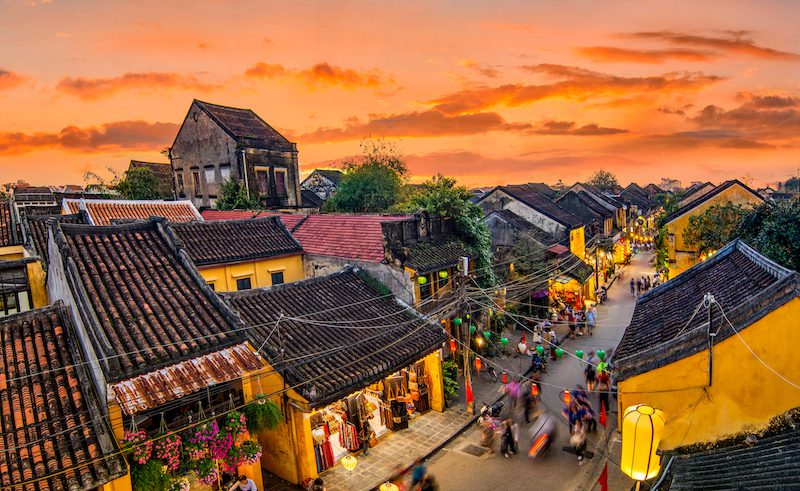
The narrative of ecotourism in Central Vietnam is intricately tied to the broader themes of sustainable development. The ExoTrails app serves as a valuable tool for travellers seeking to explore these sustainable options, offering curated trails that highlight the region’s natural wonders while promoting responsible tourism.
As I trekked along the stunning trails of Bach Ma National Park, I marvelled at the pristine landscapes and diverse wildlife. The trails, designed to minimize environmental impact, provide an opportunity for travellers to experience the beauty of Central Vietnam while supporting conservation efforts. With the ExoTrails app, finding the best routes and learning about local ecosystems has never been easier.
Conclusion
In conclusion, the awakening of ecotourism in Central Vietnam is more than just a travel trend; it’s a powerful movement towards a more sustainable and equitable future. Driven by passionate local voices and supported by responsible travelers, this approach ensures that the region’s stunning natural beauty and rich cultural heritage are preserved for generations. This movement isn’t just creating a new travel hotspot; it’s building a resilient, sustainable future for the region’s people and its pristine landscapes.
To share your unplugged adventures and get tips from fellow nature lovers, join our community on the ExoTrails Vietnam Facebook group and follow the ExoTrails Fanpage!
FAQs
Why is Central Vietnam the next travel hotspot?
Central Vietnam is becoming a hotspot due to its stunning, untouched nature, rich ethnic cultures, and a strong focus on sustainable, community-based tourism that offers authentic experiences.
What are the best places for ecotourism in Vietnam?
While places like Pu Luong and Ba Be are famous, Central Vietnam’s national parks like Bach Ma and Phong Nha-Ke Bang are rapidly emerging as top ecotourism destinations.
How can I travel responsibly in Central Vietnam?
Travel responsibly by choosing eco-lodges, hiring local guides, buying local handicrafts, and minimizing your environmental footprint by respecting nature and local customs.
What is community-based tourism in Vietnam?
It is a travel model where local communities own and manage tourism activities in their area, ensuring that the economic and social benefits stay within the village.
Is Bach Ma National Park worth visiting?
Yes, Bach Ma National Park is absolutely worth visiting for its incredible biodiversity, stunning hiking trails to waterfalls and viewpoints, and excellent opportunities for bird watching.



